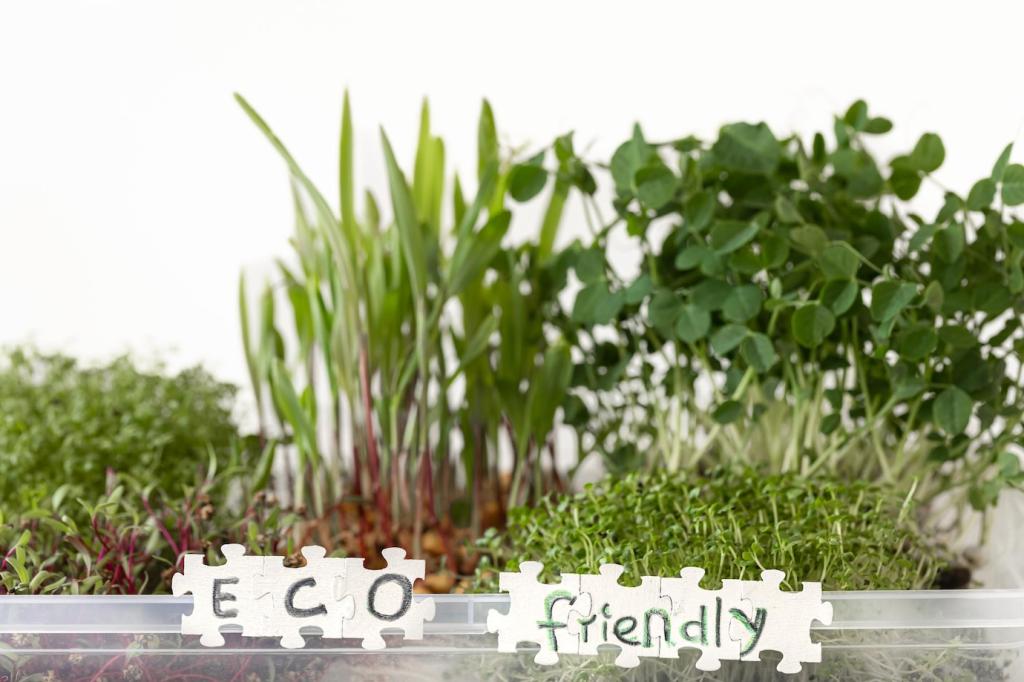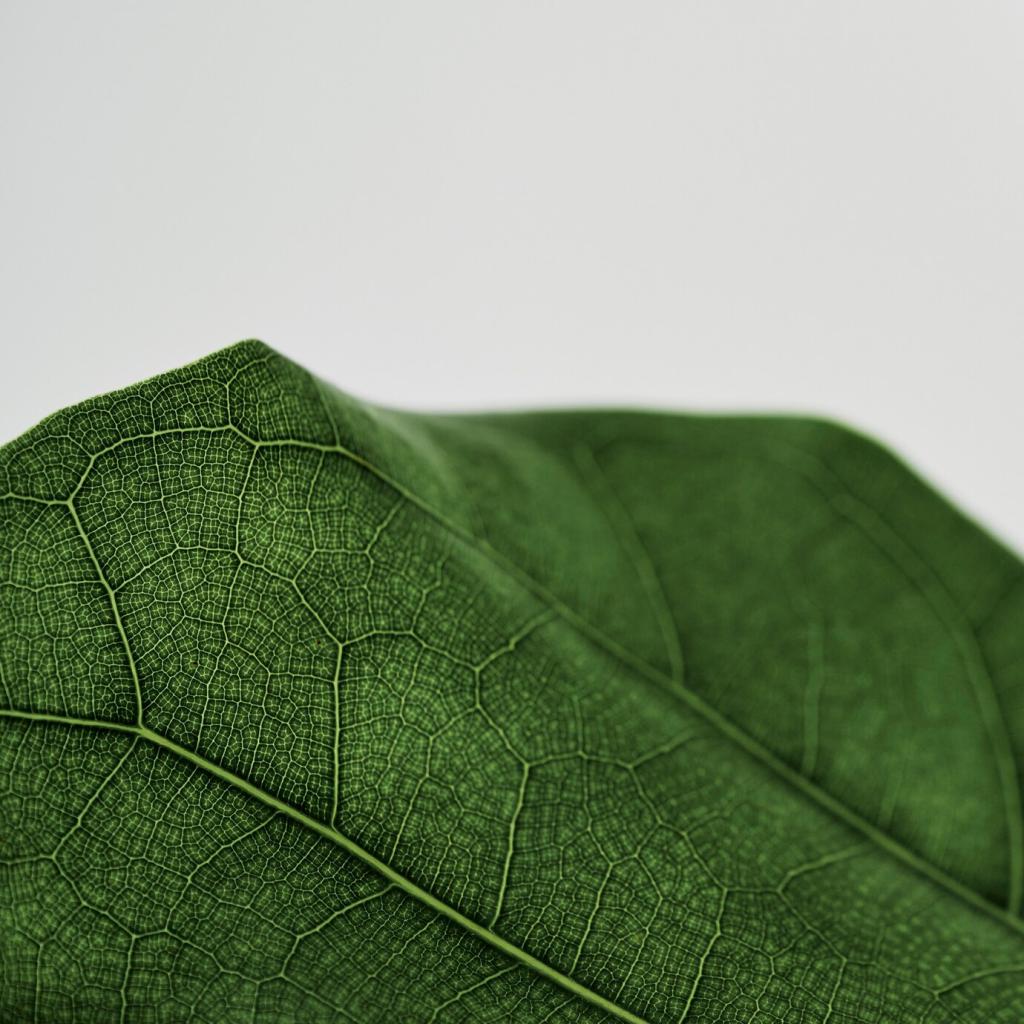The Role of Color in Energy Saving Interior Design
Chosen theme: The Role of Color in Energy Saving Interior Design. Explore how calibrated palettes, light reflectance, and perceptual warmth can lower energy use, brighten rooms naturally, and inspire daily design decisions that feel effortless and genuinely comfortable.

Perception, Comfort, and the Color-Thermostat Connection
Reds, terracottas, and golden neutrals can make a room feel two to three degrees warmer, while airy blues and cool greens feel fresher. That subtle perception encourages lowering heating in winter or raising cooling setpoints in summer, reducing kilowatt-hours without sacrificing comfort.
Perception, Comfort, and the Color-Thermostat Connection
A warm accent wall near seating can cue cozy behaviors—blankets, tea, slower evenings—reducing reliance on heaters. Conversely, cool, low-saturation schemes support lighter clothing and higher summer setpoints. Harnessing color to align habits with seasons is a quiet, dependable conservation strategy.

Walls with LRV 70 or higher can dramatically brighten living areas, especially in compact homes. By amplifying daylight, you extend lamp-free hours and minimize dim corners that demand task lighting. Share your go-to high-LRV neutrals, and let’s crowdsource a dependable palette list.

A clean, high-LRV ceiling behaves like a soft reflector, redistributing daylight across the room. Slightly warmer ceiling whites maintain comfort without glare. Consider painting soffits and coves in similar tones to create a continuous, luminous canopy that reduces daytime lighting loads.

Use a smartphone light meter app before and after repainting to compare average lux at midday. Track how many hours you delay switching on lamps. Post your findings in the comments—real numbers help everyone calibrate expectations and refine color choices for maximum daylight performance.
Color Zoning for Passive Energy Behaviors
Mark reading nooks and desks with light, reflective palettes near windows. A pale, uplifting color invites you to naturally occupy brighter spots, postponing lamp use. Add a soft, warm accent to maintain comfort and keep evening lighting gentle and concentrated only where needed.
Color Zoning for Passive Energy Behaviors
Create gentle gradients from cool to warm tones along circulation paths. People gravitate toward warmer hues in cooler months and cooler hues in summer, optimizing how they use rooms. This quiet choreography keeps you in naturally comfortable microclimates without constantly adjusting mechanical systems.

Materials, Finishes, and Spectral Nuance
Matte, Eggshell, and Gloss: Reflectance Without Glare
Eggshell or satin finishes can reflect more light than matte while avoiding harsh specular glare from gloss. In bright rooms, a balanced sheen preserves comfort and extends daylight utility. Test small swatches at different times of day before committing, and share which finish felt best.
Textiles that Work with Light and Heat
Pale drapery linings with tight weaves reflect sunlight yet brighten interiors. In winter, deeper-toned, thermal-backed curtains help retain heat near windows. Choose upholstery colors that resist fading and maintain reflectance over time, sustaining both visual brightness and stable, efficient comfort.
Pigments, LEDs, and Color Quality
Light sources change how colors behave. Warm LEDs (2700–3000K) enrich cozy palettes; neutral LEDs (3500–4000K) support balanced, reflective schemes. High-CRI bulbs keep hues accurate, preventing muddy results that undermine brightness strategy. Tell us which lamp temperatures made your palette feel right and efficient.
Seasonal Palettes that Flex with Weather
Introduce ochre throws, rust-toned cushions, and amber lamp shades to deepen perceived warmth. These accents make a lowered thermostat feel surprisingly acceptable. Keep core walls light to maintain reflectance, and lean on small, warm-toned pools of light only where you gather.

Evidence, Numbers, and Small Experiments
Before-and-After Meter Checks
Track lighting hours and kWh for two weeks before repainting with higher-LRV colors, then two weeks after. Note thermostat setpoints and average outside temperatures. Even modest reductions snowball across seasons—share your numbers so we can compile community benchmarks for realistic expectations.
DIY Reflectance and Glare Assessment
Use a smartphone light meter to log lux at multiple room positions morning, noon, and dusk. Pair readings with quick glare notes. If brightness improves without discomfort, you likely optimized reflectance well. Post your room maps—seeing patterns helps newcomers plan successful, efficient palettes.
Join the Conversation and Subscribe
Comment with your favorite energy-smart color combinations, ask questions about tricky rooms, and subscribe for upcoming palette guides. We’ll share worksheets for LRV planning, seasonal swap checklists, and reader case studies so you can refine, test, and celebrate your own savings story.
